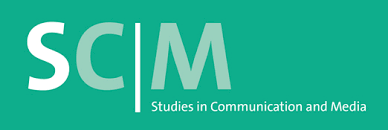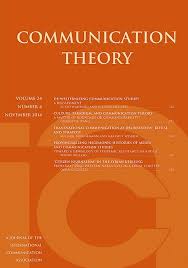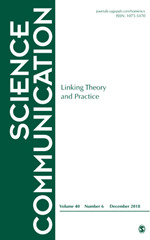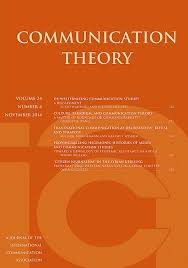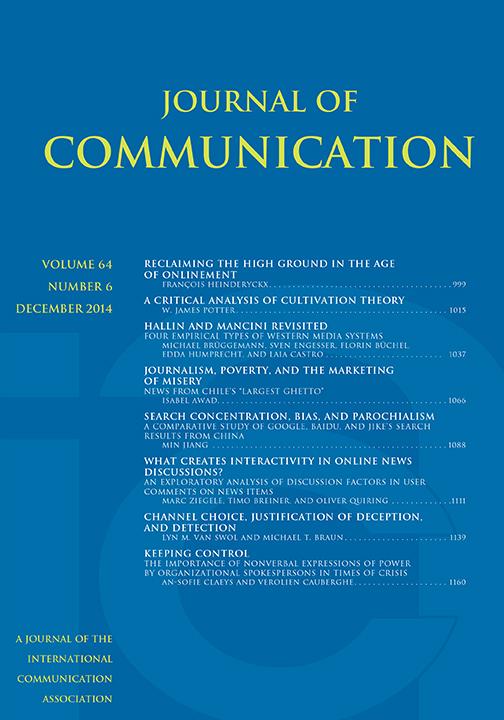Abstract
Professionelle Journalisten sind in der digitalen Kommunikationswelt einer vielfältigen Konkurrenz anderer Anbieter von aktuellen Informationen und Meinungen ausgesetzt. Damit werden Abgrenzungskriterien wichtiger denn je, will der Berufsstand seine Alleinstellungsmerkmale gegenüber anderen Kommunikatoren herausarbeiten. Ein wichtiger Kandidat für die Abgrenzung des professionellen Journalismus von Public Relations und privaten Blogs sind professionelle Berufsnormen wie die Norm der Objektivität — die Idee einer unparteilichen und ausgewogenen, an Fakten orientierten Berichterstattung. Aber sind die Journalisten die unparteilichen Wahrheitssucher, die sie gerne wären? Dieser Frage geht Cornelia Mothes in ihrer 2014 erschienenen Dissertation nach. Sie untersucht, ob sich professionelle Journalisten in Deutschland von anderen Befragten unterscheiden, wenn es um die Geltung der Objektivitätsnorm geht.

Brüggemann, Michael (2014): Rezension: Cornelia Mothes: Objektivität als professionelles Abgrenzungskriterium im Journalismus. Eine dissonanztheoretische Studie zum Informationsverhalten von Journalisten und Nicht-Journalisten. In Medien & Kommunikationswissenschaft 62 (4). Available online at https://www.nomos-elibrary.de/10.5771/1615-634x-2014-4-678.pdf?download_full_pdf=1&page=0.


